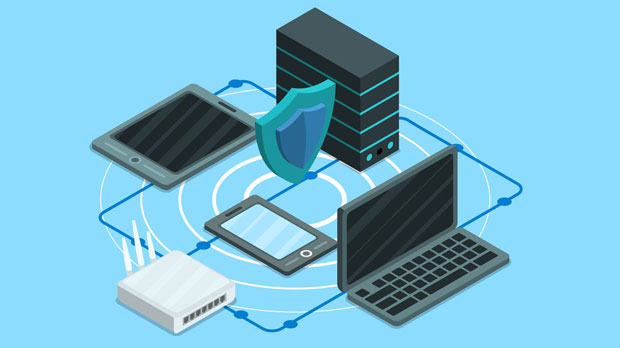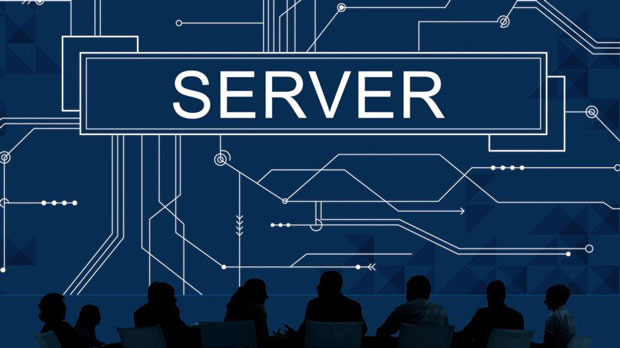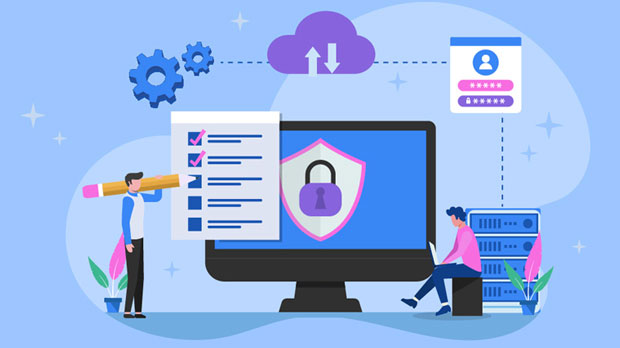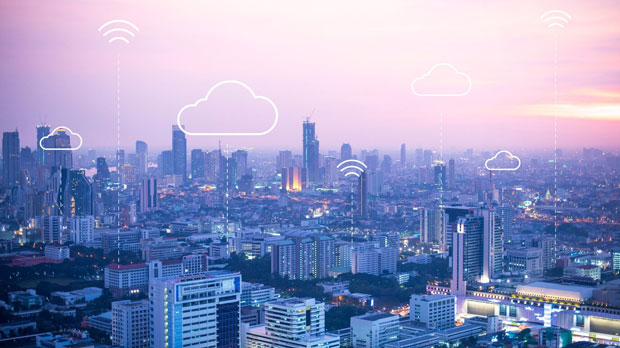In the competitive landscape of residential service proxies, anonymity remains a key factor for users seeking privacy, security, and bypassing geo-restrictions. Among the various proxy services available today, PYPROXY and 4everProxy stand out for their respective features and capabilities. However, when it comes to anonymity, which service provides better protection for its users? This article will deeply analyze the differences in the anonymity features between PyProxy and 4everProxy, focusing on their technological strengths, privacy policies, and user experience to provide valuable insights into which service is more beneficial for those prioritizing online privacy and secure internet browsing. Introduction: Understanding the Importance of Anonymity in residential proxiesIn today’s digital age, maintaining privacy and anonymity online has become increasingly important. With growing concerns over data breaches, hacking, and the misuse of personal information, many users turn to proxy services to safeguard their online identity. Residential proxies, in particular, have gained traction for their ability to mask users' IP addresses, providing an additional layer of protection. Among the many options in the market, PyProxy and 4everProxy are often compared, but which one offers superior anonymity? Let’s delve into their features to find out. What Makes Residential Proxies Ideal for Anonymity?Before evaluating PyProxy and 4everProxy, it's essential to understand why residential proxies are ideal for maintaining anonymity. Unlike datacenter proxies, which originate from specific data centers and can be easily identified, residential proxies use IP addresses assigned by Internet Service Providers (ISPs) to real residential homes. These proxies are far less likely to be flagged by websites as proxy traffic, making them an excellent choice for users who want to appear as if they are browsing from a regular home network, thereby ensuring a higher level of anonymity.Residential proxies also allow users to access content and services from different geographic locations, bypassing geo-restrictions and censorship, further enhancing their appeal for those needing secure and private browsing. Analyzing PyProxy's Anonymity FeaturesPyProxy is known for its robust proxy network and focuses on offering high levels of security and anonymity. Some of the key features that contribute to PyProxy’s anonymity include:- IP Rotation and Pool Size: PyProxy provides a vast pool of residential IPs. The service regularly rotates IP addresses, reducing the chances of detection and increasing user anonymity. The more IPs a proxy provider offers, the less likely users are to get flagged by websites, ensuring better privacy.- Encrypted Connections: PyProxy utilizes secure encryption protocols such as HTTPS, ensuring that all data transmitted via the proxy remains private and encrypted. This feature is crucial for maintaining anonymity, especially when accessing sensitive or confidential information.- Minimal Logging: PyProxy has a strict no-logs policy, meaning they do not store any user data or browsing history. This is essential for ensuring that users' online activities cannot be traced back to them.- Advanced Authentication Mechanisms: PyProxy offers secure authentication methods that prevent unauthorized access to their services, adding another layer of security.Overall, PyProxy focuses on providing users with privacy, security, and anonymity through advanced features like IP rotation, encryption, and minimal logging. Evaluating 4everProxy’s Anonymity FeaturesOn the other hand, 4everProxy is another residential proxy provider that emphasizes its ability to provide secure and anonymous browsing. Here’s an overview of its anonymity features:- IP Pool and Rotation: Like PyProxy, 4everProxy offers a range of residential IP addresses that can be rotated to enhance anonymity. However, the size of its IP pool is generally smaller than that of PyProxy, which could mean fewer options for IP rotation and potentially higher risks of detection.- Secure Encryption: 4everProxy also supports encrypted connections, safeguarding users’ data and communications. They use high-grade encryption, ensuring that users’ browsing activities remain secure from prying eyes.- Logging Policy: Unlike PyProxy, 4everProxy maintains a more lenient logging policy. While they claim not to log personally identifiable information (PII), they may retain certain metadata, such as connection logs, which could potentially be used to track user activity. This could be a concern for users who prioritize full anonymity.- Authentication: 4everProxy also employs various authentication measures to secure user access to their proxies. However, these features may not be as comprehensive as those offered by PyProxy, which may result in slightly weaker security for users.While 4everProxy does offer anonymity features such as IP rotation and encryption, its smaller IP pool and potential logging policies may pose limitations for users seeking the highest level of privacy and security. Comparing Anonymity: PyProxy vs. 4everProxyWhen comparing the anonymity features of PyProxy and 4everProxy, there are several key points to consider:1. IP Pool and Rotation: PyProxy offers a significantly larger pool of residential IPs, which means users have access to more diverse IPs and can rotate them more frequently. This reduces the likelihood of detection and enhances anonymity. 4everProxy, with its smaller pool, may have fewer IP options and could potentially be more easily flagged by websites.2. Logging Policy: PyProxy’s strict no-logs policy is a major advantage for users seeking anonymity. By not retaining any user data or browsing history, PyProxy ensures that users' online activities are completely private. In contrast, 4everProxy’s logging policy, which includes the retention of certain metadata, may expose users to potential risks if the data is accessed by third parties.3. Security Protocols: Both PyProxy and 4everProxy offer encrypted connections, ensuring that data transmitted through their proxies remains secure. However, PyProxy's more advanced authentication mechanisms and encryption standards give it a slight edge in terms of overall security and user anonymity.4. Customer Support and Transparency: PyProxy provides a higher level of customer support and transparency regarding its privacy policies and security protocols, which is critical for users who are serious about maintaining their anonymity online. In comparison, 4everProxy’s customer service and transparency might not be as robust, which could lead to concerns regarding their ability to address privacy-related issues effectively. Conclusion: Which Proxy Service Offers Better Anonymity?After a thorough analysis of the features and capabilities of PyProxy and 4everProxy, it’s clear that PyProxy offers superior anonymity. The combination of a larger IP pool, stricter no-logs policy, advanced encryption, and robust authentication mechanisms gives PyProxy the edge when it comes to protecting user privacy and ensuring secure browsing. While 4everProxy also provides a decent level of anonymity through features like IP rotation and encryption, its smaller IP pool and less stringent logging practices may not be sufficient for users who demand the highest level of privacy.For individuals who prioritize anonymity in residential proxy services, PyProxy stands out as the more reliable and secure option.
Nov 07, 2025



































































